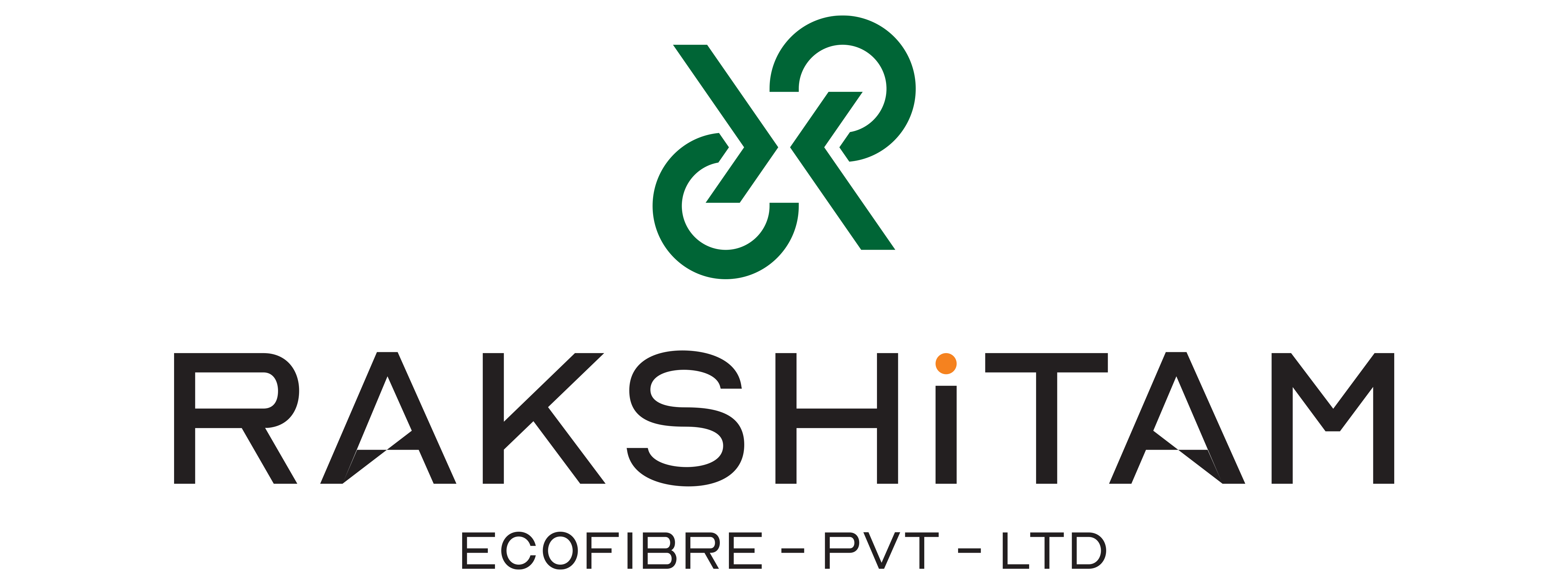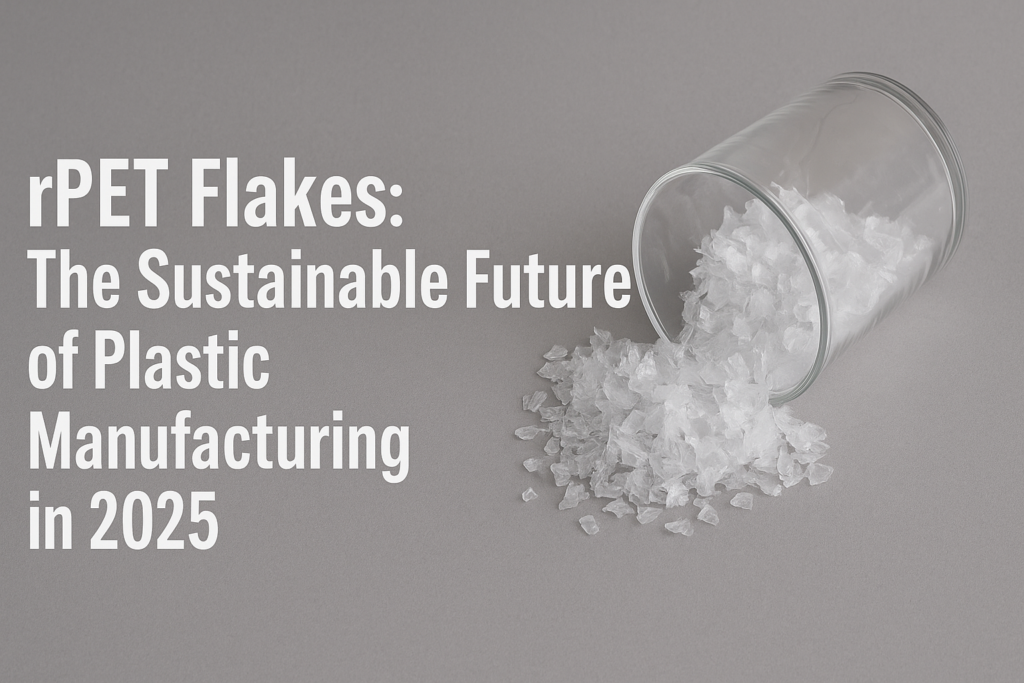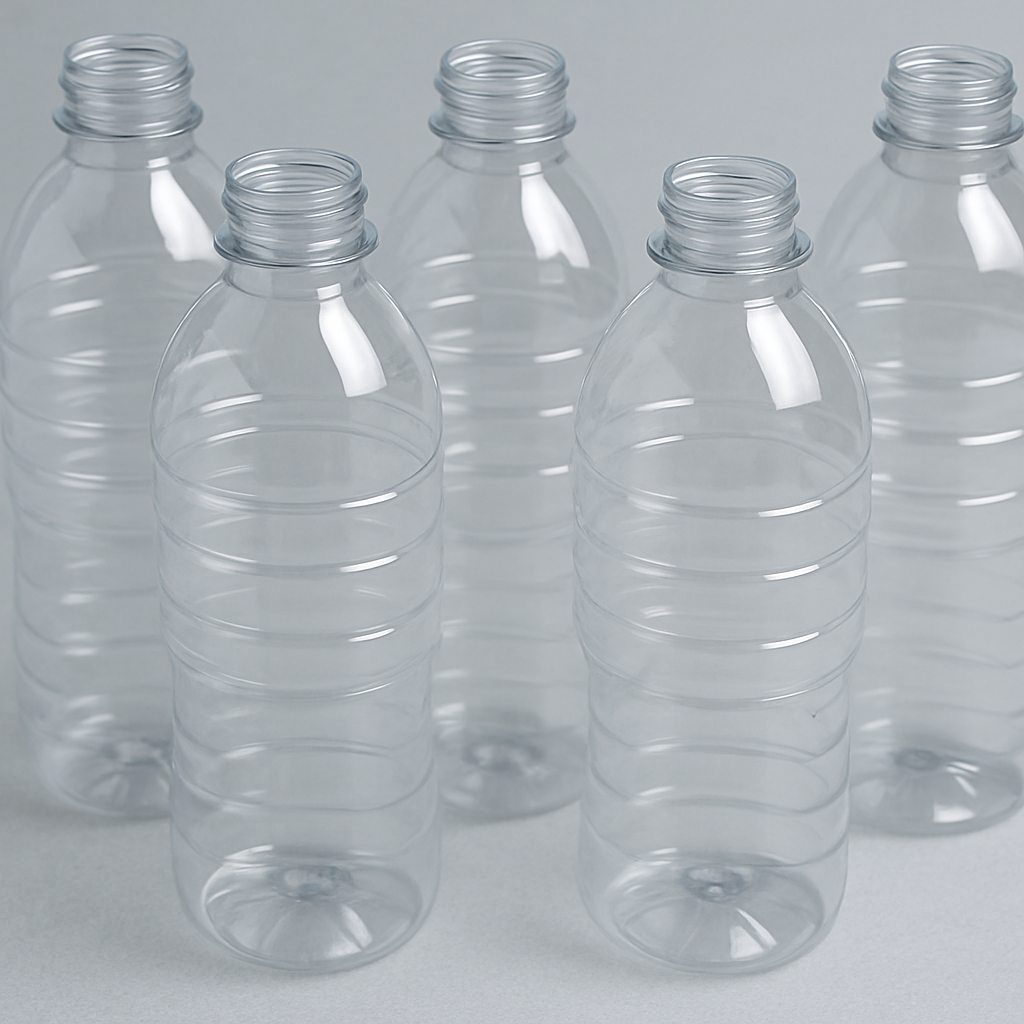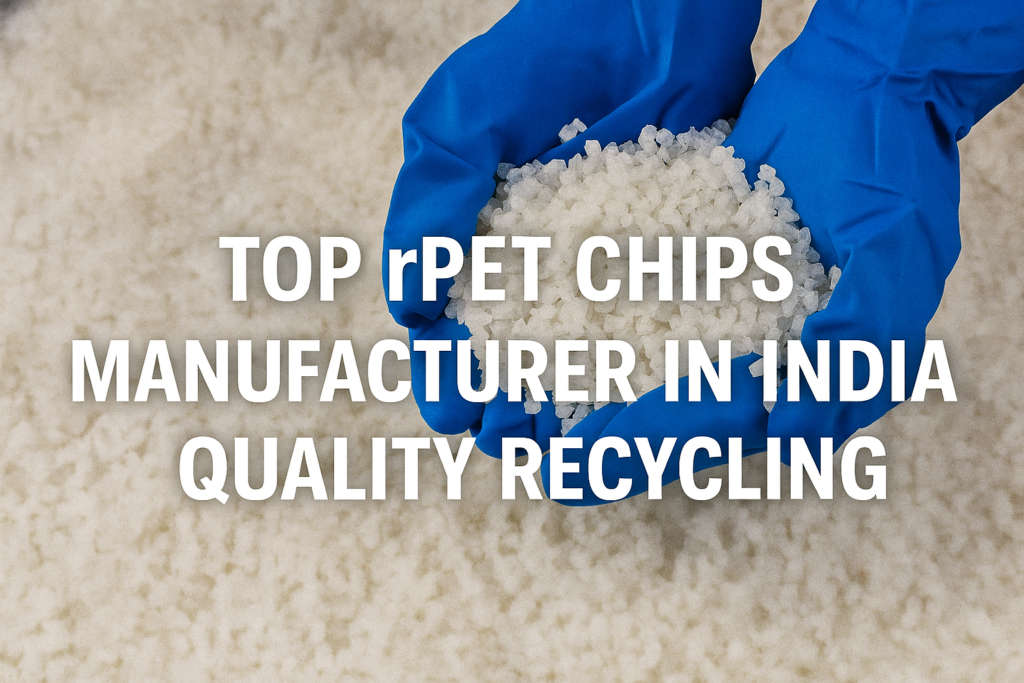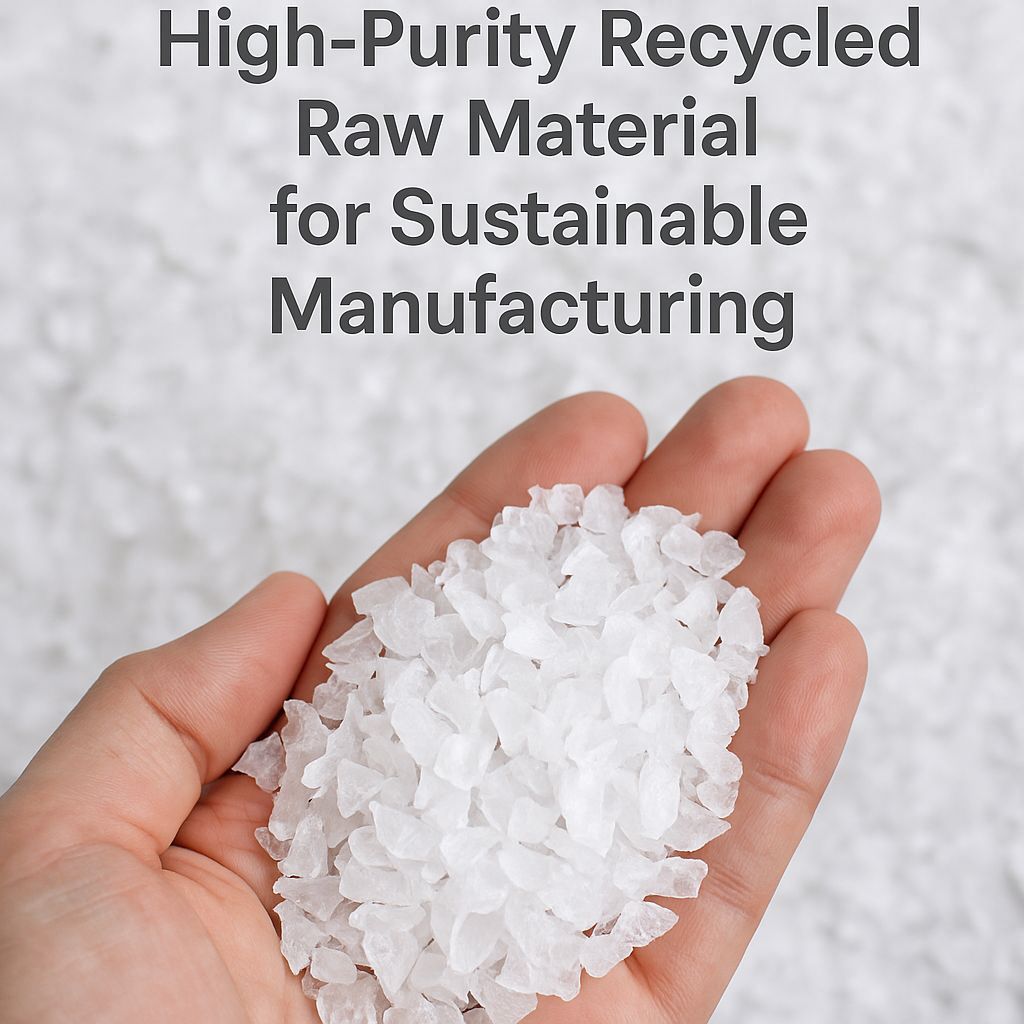With increasing environmental awareness, industries worldwide are seeking eco-friendly alternatives to replace conventional materials. Recycled polyester staple fiber, or rPSF, is one innovation that has evolved into a highly popular eco-friendly material. Typically produced from post-consumer plastic bottles, industrial plastic waste, and textile waste, recycled polyester staple fiber offers virtually identical properties to virgin polyester but without the attendant high environmental costs of the latter. rPSF converts the rejects from PET bottles into reusable fibers. One can save landfill pollution as well as the energy consumption through it. rPSF is versatile. The prime application includes that it has a variety of uses in the fashion and textile sector to the massive automotive industries. This article looks into the various applications of recycled polyester staple fibre in various sectors while highlighting how it is gaining much importance in the world’s quest to be sustainable.
1. Textiles and Apparel
The textile and apparel industries are among the largest consumers of recycled polyester staple fiber, with major brands adding rPSF to their product lines as part of the sustainable fashion trend. Recycled polyester offers similar advantages such as durability, moisture-wicking, and retaining color just like virgin polyester but reduces new raw material demand hence lowers environmental impact.
Casings and activewear: Polyester is highly used in casings and sportswear because it drives away the moisture content and dries quite fast. It is perfectly ideal for sportswear clothing such as leggings, t-shirt, or jacket. Major sportswear brands like Adidas and Patagonia have introduced clothing lines made from recycled polyester to prioritize sustainability without losing performance.
Outerwear and Fleece: rPSF is also widely used in fleece jackets and outerwear because it’s light and insulating. In that respect, it warms without being bulky and has become very popular among outdoors people as well as cold-weather apparel.
In addition to pure recycled polyester clothes, there are many brands that mix rPSF with a natural fiber, like cotton, wool, or even recycled cotton, to produce blended fabrics. These blends then balance different aspects of sustainability, comfort, and aesthetic appeal, which easily ensures suitability for a wide range of fashion products.
Following this surge in demand for sustainability in fashion, the involvement of rPSF in the textile industry is poised to increase as many brands will embrace the use of it.
2.Home Furnishings and Upholstery
The uses of recycled polyester staple fibres in the production of home furnishings and upholstery are numerous. It is tenacious, versatile, and environmentally friendly, making it an excellent material for making soft furnishings and other household items.
Cushions and pillows. Most cushions and pillows – known collectively as soft furnishings are filled with recycled polyester fibre. This will offer the same comfort and support as filling materials made from virgin materials but has a much smaller footprint. The versatilities in range and hold means recycled polyester has become a favorite in designing interior.
Curtains and Drapes: rPSF is primarily used to make curtains, drapes, and other window coverings. They seem very beautiful within the interior decoration but at the same time can perfectly withstand fading, wear, and tear, to be more appropriate for use in homes or commercial premises for many years.
Carpeting and Rugs: The usage of rPSF in carpeting and rugs has also received some popularity. rPSF based carpets are stain resistant, durable and easy to clean hence highly suitable for both domestic and commercial applications.
The home furnishings sector continues to develop sustainable materials like rPSF, which mirrors a growth in consumer demands for more environmentally friendly products.
3. Automotive Industry
The automotive industry now intensely and extensively utilizes recycled polyester staple fibre for a wide array of purposes. Considering this, rPSF helps deliver less environmentally harmful vehicles due to its contribution to changing this industry’s emphasis from non-green productions toward greener ones.
seat covers and upholstery Car manufacturers are now adding rPSF in seat cover applications, headrests, and other interior upholstery. It is the higher durability that this material offers along with its softness that actually enhances the interiors of the car. It also reduces virgin polyester or synthetic leather dependence, which is part of the trend of producing more environment-friendly vehicles.
In addition, carpets and car floor mats are also produced from the same recycled polyester fibre. Such products have to undergo heavy stress when providing resistance to wear in an eco-friendly version of standard materials.
Insulation and Soundproofing: rPSF is being heavily used in vehicle soundproofing materials. With its high insulating properties, noise within the cabin is reduced to provide an even quieter ride. This inherent lightweight also saves fuel, and that could turn out to be a handy source of competence for automobile manufacturers.
As consumers and regulatory bodies continue to push the auto industry toward more sustainable vehicles, auto product manufacturers will find increasing use for recycled polyester in their products, increasing both environmental sustainability and the performance of the product.
4. Non-Woven Fabrics
Recycled polyester staple fiber is widely used to make non-woven fabrics, those made without weaving or knitting, in many applications such as in the medical sector, construction, and packaging.
Medical and hygiene products: The rPSF-based non-woven material is used in creating facial masks, gowns for surgeries, and disposable wipes. This is so because of its softness, breathability, and durability to medical applications; this also significantly reduces waste production in the health sector because of its eco-friendly properties.
Industrial and Geotextiles: rPSF is used in the construction sector to manufacture geotextiles, which control soil erosion and are applied for proper drainage. Also, industrially it is highly used in filterations, insulations, and protective coverings.
Packaging Materials: Nowadays, non-woven fabrics manufactured from rPSF are used majorly as eco-friendly packaging material. These light weight, long duration textiles have recyclable features, which make them an eco-friendly better packaging solution.
Non-woven fabrics of recycled polyester fibres are the answer to the requirements of an environment-friendly solution, especially for those sectors that involve disposable materials.
5. Insulation and Padding
The staple fibre provides the recycled polyester with a good insulation quality and can therefore be used as a sound and thermal insulator for many applications.
rPSF is applied in the context of thermal insulation within clothing, bedding, and outdoor gear. Sleeping bags, winter jackets, and quilts are among such products which use rPSF as primary insulators for warmth, with no added weight.
In apparel, rPSF is also applied as soundproofing material in building construction. It is applied on walls, ceilings, and floors to prove itself as a barrier for all kinds of noise while running down the costs of using conventional soundproofing materials.
Recycled Polyester Fibres to be Used for Furniture Padding Firms operating in the mattress, chair, sofa, and other furniture industries have been using recycled polyester fibres as padding material in their products. This reduces waste from the environment while using the same to provide comfort and good durability in the products.
The use of rPSF in insulation and padding applications helps industries reduce wastes and may further reap benefits of fibre performance characteristics.
Also Read: The Importance of Recycled Polyester Staple Fiber in Fashion
Conclusion
Recycled polyester staple fiber (rPSF) is an environmentally friendlier alternative to virgin polyester, offering the same durability, versatility, and performance profile across a very wide range of applications-from textiles and home furnishings to automotive manufacturing and non-woven fabrics. rPSF has emerged as a critical material in the endeavor toward sustainability. As more and more industries turn their attention toward eco-friendly solutions, the use of recycled polyester staple fiber is going to take off, providing a viable pathway to reduce plastic waste and preserve natural resources.
Consumers can opt for recycled polyester staple fibre content products that can contribute to the economy in terms of value for sustainability in support, thus helping to limit the need for new raw materials and minimizing potential ecological damage.
